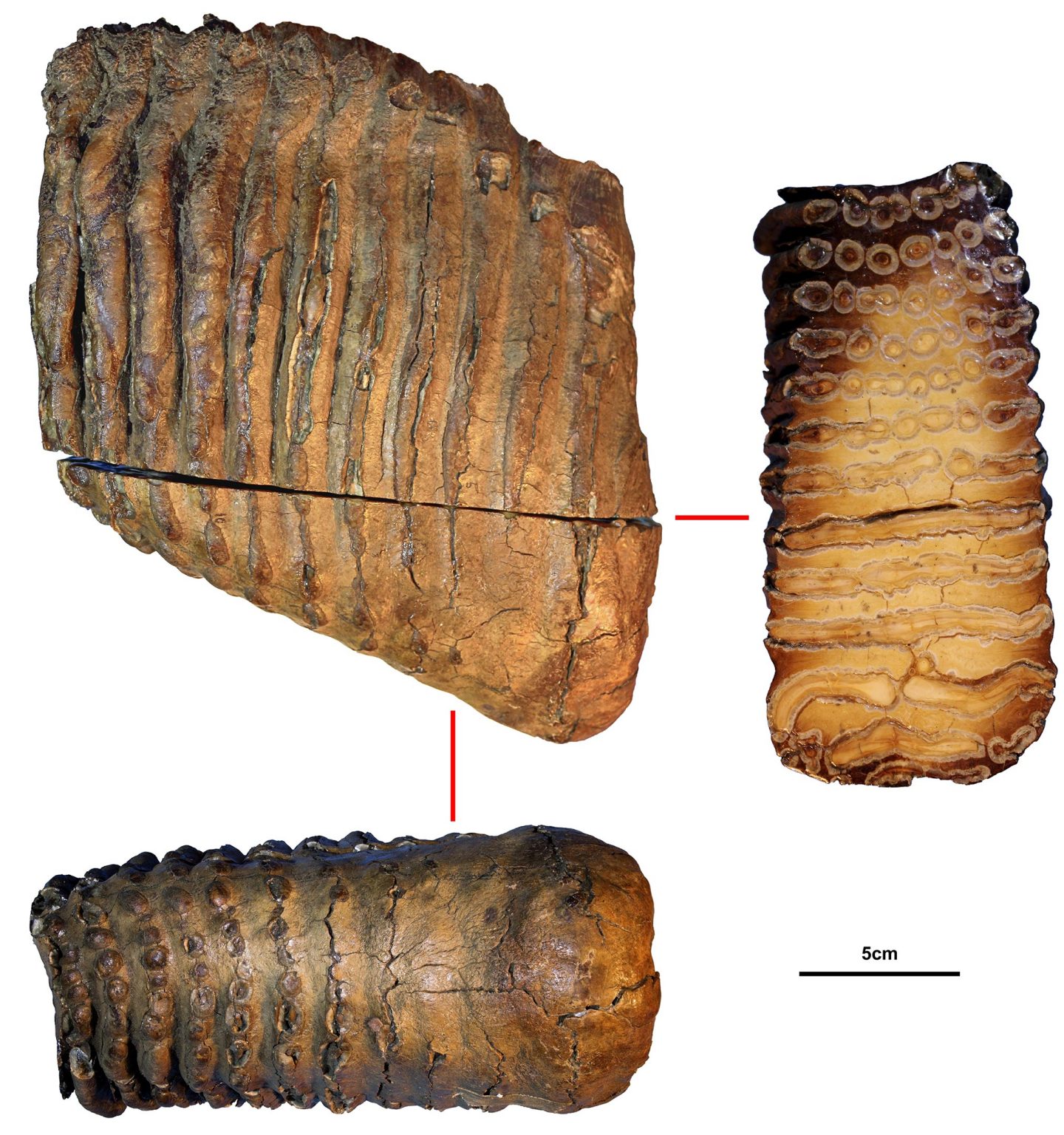World’s oldest DNA reveals evolution of Mammoths
An international team of researchers at the Centre for Palaeogenetics (study of genetic materials of extinct species) in Stockholm have, for the first time, sequenced (to determine the primary structure of the genes which helps in knowing the function of genes) 1.2-million-years old DNA (the molecule that contains the genetic code of organisms) of mammoths.
The DNA was extracted from mammoths’ teeth. These teeth had been buried in the Siberian permafrost. It was a challenging job since only tiny amounts of DNA remained in the samples, and that too had degraded into very small fragments. Three samples of different mammoths were analysed. They found that the oldest specimen was an ancient steppe mammoth about 1.2 million years old. It was named Krestovka (the place where it was found).
The second was named Adycha and appears to be the ancestor of the woolly mammoth. The third one, named Chukochya, was the youngest, about 0.7 million years old.
The DNA is helping to sort the genetic history of mammoth’s evolution and migration. The study provides new insights into how and when mammoths acquired adaptations to cold climate.

